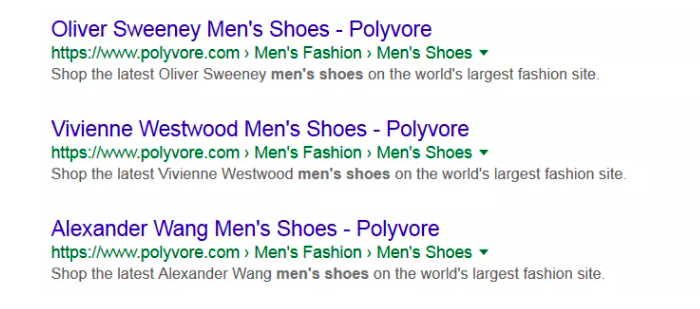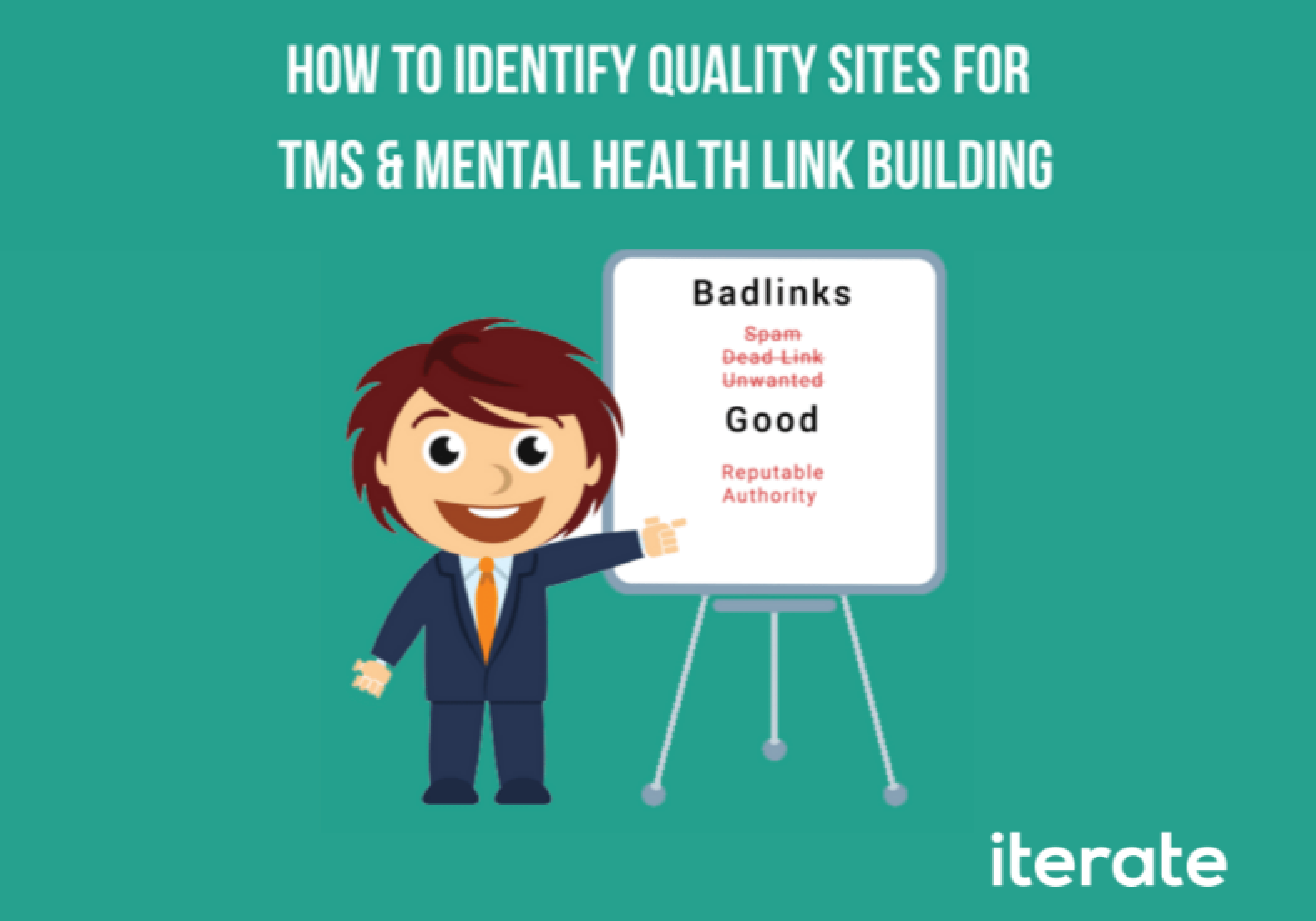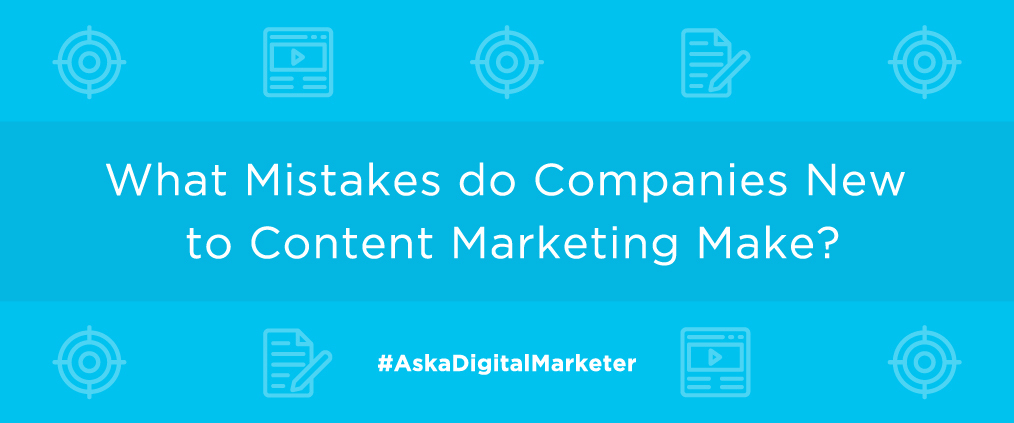A sure-fire way of staying ahead in a competitive niche, such as that of TMS therapy clinics, is focusing on building a strong online presence for your business by doing SEO (search engine optimization). And one of the many SEO attributes is the meta description – a simple, yet crucial element that can help attract potential patients to your website. But what is a meta description?
In this article, we’ll discuss what the meta description tag is, its significance for your TMS therapy clinic, and the right way of crafting one.
Let’s jump right in.
What is a Meta Description?
The meta description is an HTML element that briefly describes a webpage on a SERP (Search Engine Results Page). Search engines like Google and Bing display this description just below the page title so that the searchers can get an idea of what that webpage is about and see if it’s exactly what they’re looking for before clicking.
A meta description can directly impact the CTR (click-through rate) of a webpage, which is the ratio of people who actually open a page to those who simply view it.
The HTML code snippet for a meta description looks like this (this meta description example is for the homepage of a TMS clinic’s website):

In the SERPs, it looks like this:

Google does not consider meta descriptions as direct ranking factors (i.e. it doesn’t directly use meta tags to determine the rankings of web pages). However, as discussed above, the meta description can greatly impact the CTR of a webpage, which can directly improve the page’s ability to rank.
What is the Optimal Length of a Meta Description?
The ideal meta description length is between 50-160 characters. Search engines often cut off bits that exceed this character limit (>160). Therefore, keep it short and straightforward.
However, it should be descriptive and relevant to the content of your landing page to drive more clicks.
Meta description helps the searchers decide whether the page content fulfills the answers to their search query or not. The catch for the webmaster is to write compelling, active, and unique meta descriptions that must employ the focus keywords.
How to Add a Meta Description on WordPress
It’s fairly easy to add or edit meta descriptions if you’re on WordPress. All you need is an SEO plugin called “Yoast SEO.”
Follow these steps:
- Click on Add New button to create a new post/page.
- Scroll down the page. At the end of the editor, you’ll see a section for Yoast SEO. Click on Edit snippet.
- Add or edit your meta description here.
If you’re not on WordPress, and you wish to write custom meta descriptions, you may need to dive into the HTML source code.
How to Craft a Great Meta Description? (SEO Best Practices)
Meta descriptions can (indirectly) influence the organic search rankings of a webpage and the user experience of a searcher. Considering that, you can’t compromise on their quality.
Here are some tips that will help you write compelling meta descriptions:
- Make Your Copy Valuable and Actionable
Writing a snappy, actionable, and motivating copy is the first step towards creating a good meta description.
Furthermore, add a call-to-action to it to spark some curiosity in the reader’s mind. Invitations like “Find out more,” “Get it now,” “Read on,” etc. might compel the readers to click on the link.
- Avoid Using Double Quotation Marks
Google truncates the text at double quotation marks while displaying the meta description on SERP. Therefore, avoid using any non-alphanumeric characters while writing yours.
However, if it’s important to use them in the HTML of a meta description, use HTML Entities instead.
- Avoid Using Duplicate Meta Descriptions
Duplicate meta descriptions for multiple webpages will hamper the user experience because all the webpages will appear to be the same in google search. This often happens with automatically generated webpages.

The only solution is to create a unique meta description for each page.
- You Don’t Always Have to Write a Meta Description
There’s no substitute to creating your own meta descriptions. However, sometimes it’s wiser to omit including them in your page’s HTML and let the search engines do the magic.
Remember the following rule:
If you’re targeting less than four heavily searched terms, create your own meta description and target the users specifically using these search terms/ phrases in their search queries.
If not, let the search engines scrape all the relevant keywords and present it to the reader based on their search intent.
However, there’s one downfall to it.
Social media channels like Facebook, Twitter, etc. use meta description as the caption of the post (when it’s shared on these channels). If a webpage doesn’t have any meta description, these sites pick out the first text they can find, which might not be relevant.
Thanks to Yoast, you can create separate meta descriptions for Facebook and Twitter.
Wrapping it Up
You need an effective digital marketing strategy to stand out from your competition.
No matter how insignificant writing meta descriptions may sound, it can greatly impact your SEO, help cultivate a viable online presence of your TMS clinic, and attract qualified traffic to your website.






